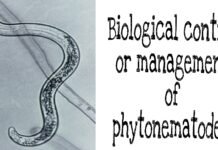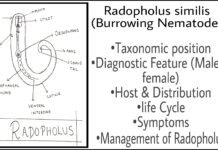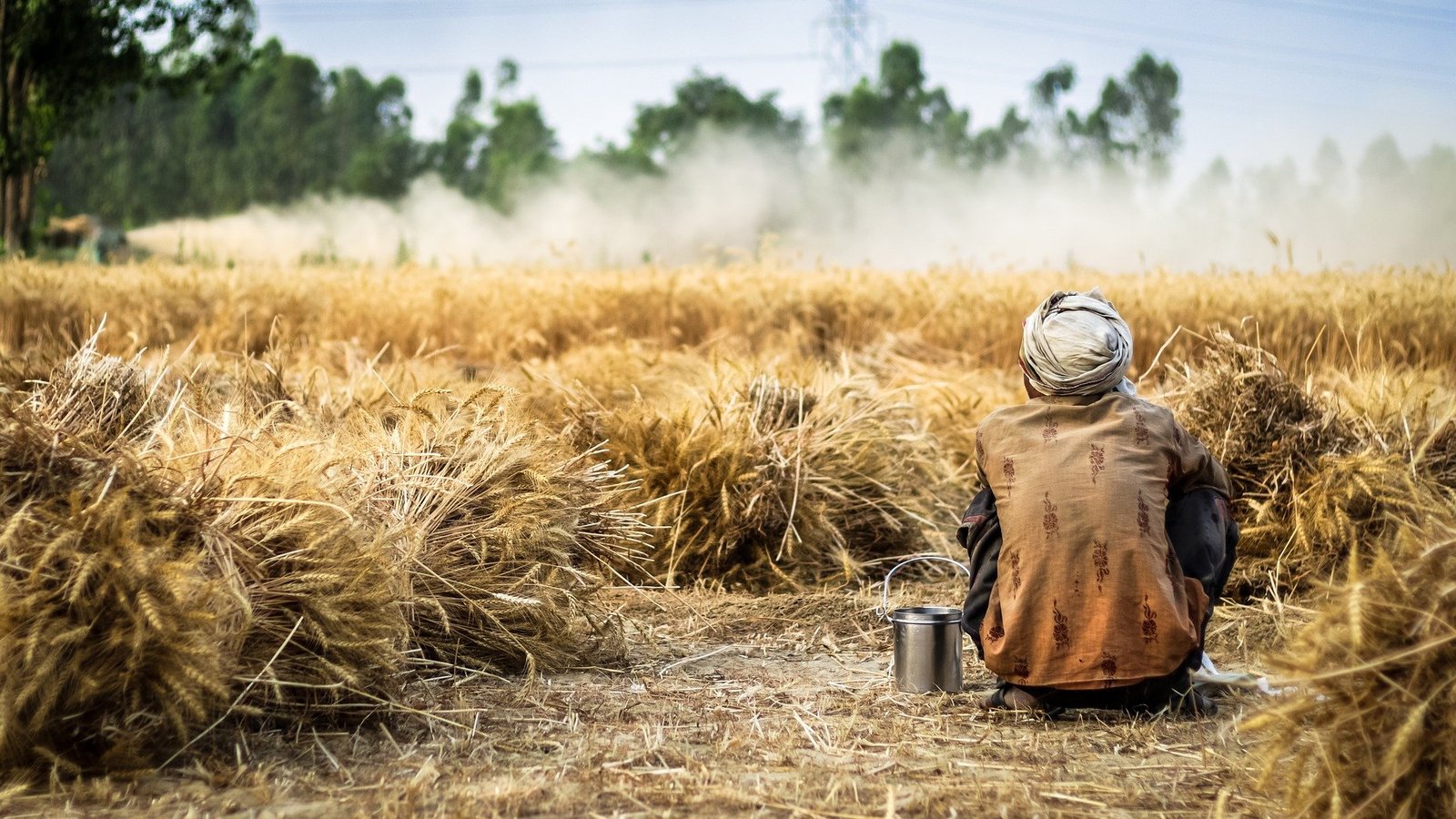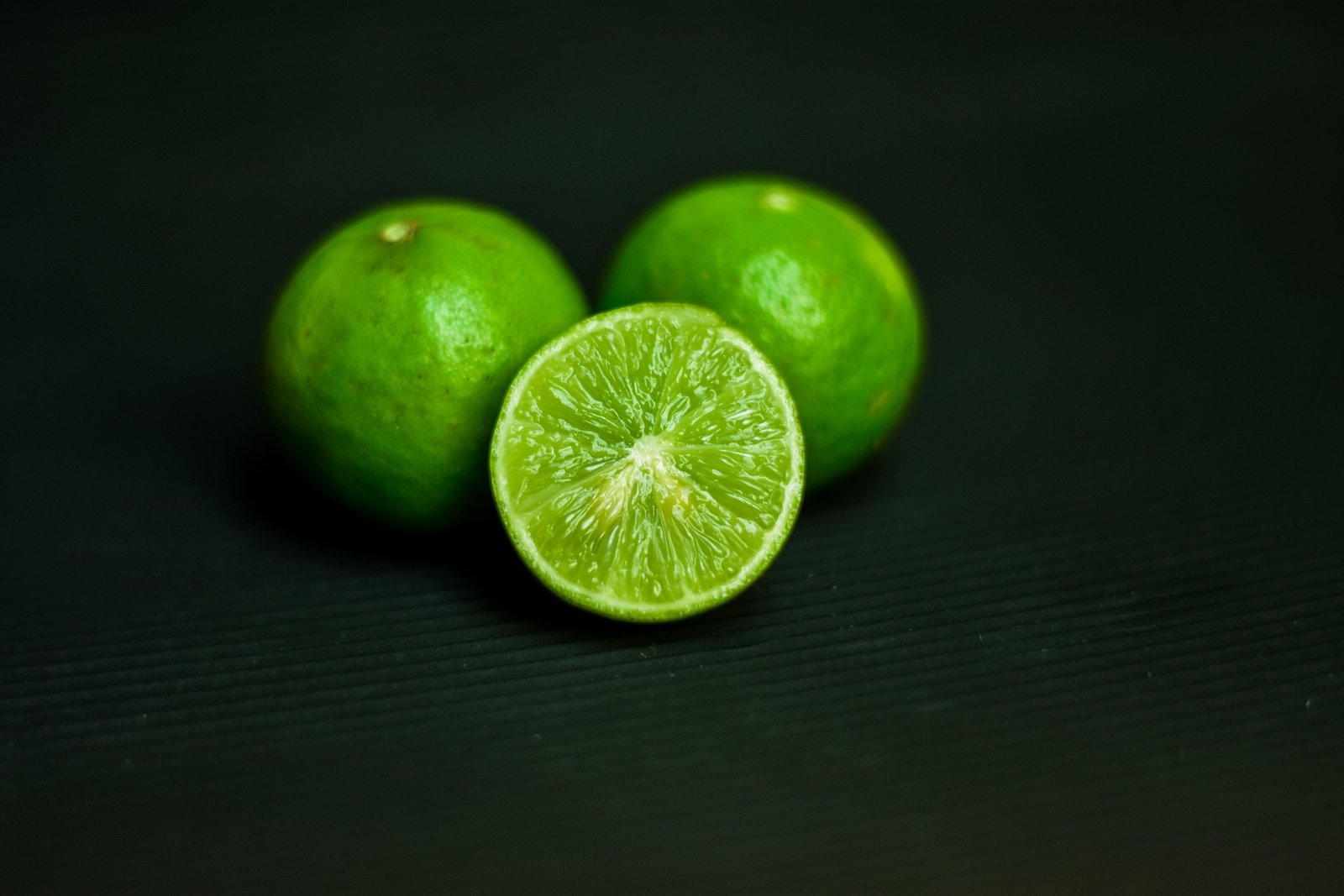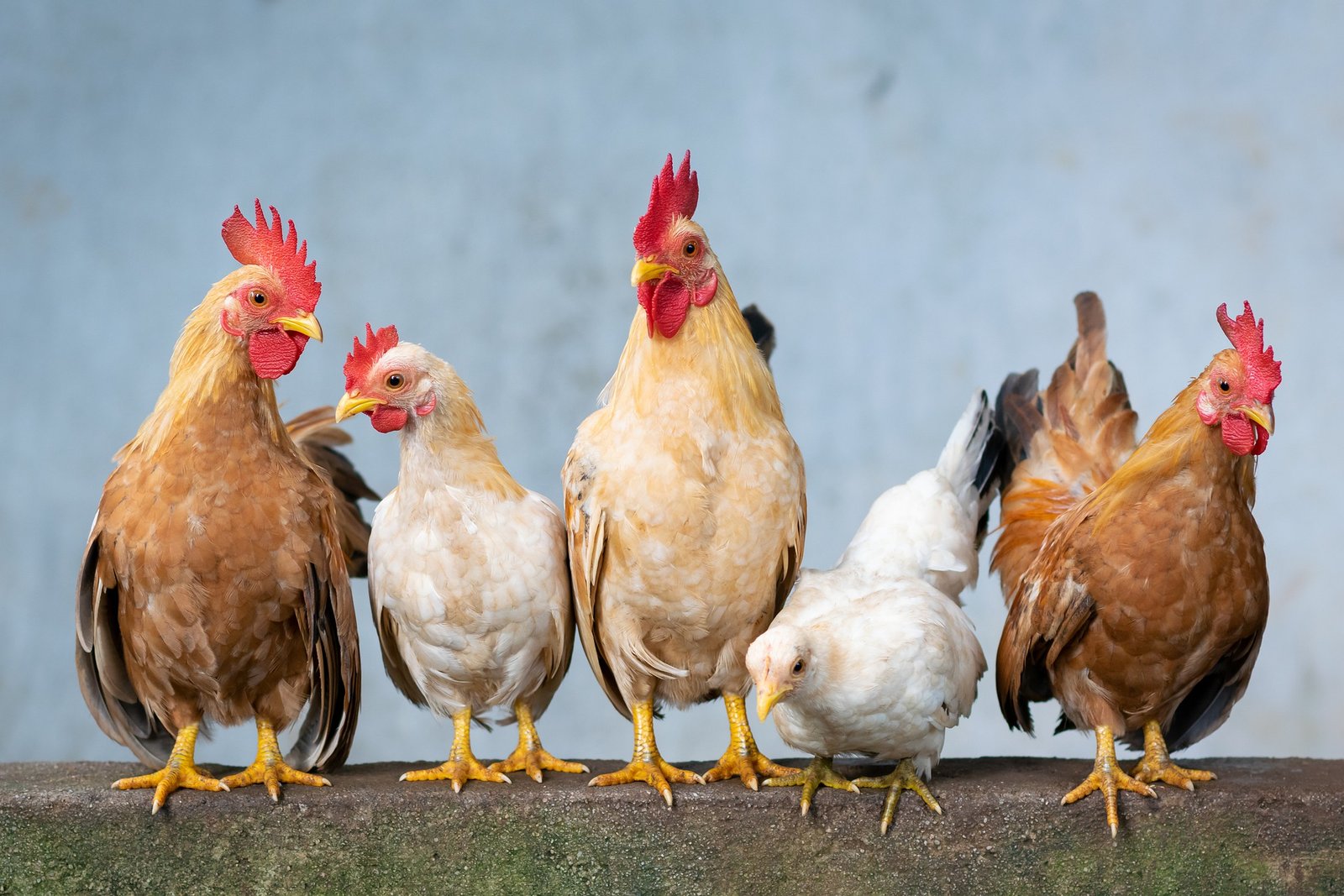The term Heterodera (Cyst Nematode) derived from Greek words.
Heteros: Different
Deros: skin or body wall
- Heterodera or cyst nematodes comprise many genera: Heterodera, Globodera, Punctodera.
- Because of the shape of adult female containing numerous (about 400) egg called cyst nematode.
- The species of Heterodera designed after host specificity.
- Host are cereals:- Heterodera avenae, Soya bean:- Heterodera glycenes, Brassica:- Heterodera cruciferal
- Host pigeon pea: Heterodera cajani
Systematic Position:-
| Phylum | Nematoda |
| Class | Secernentea |
| Order | Tylenchida |
| Family | Heteroderidae |
| Genus | Heterodera |
| Species | avenae |
Diagnostic Features:-
Female and Cyst stage:-

- Female sedentary, endoparasite in root (Meristmatic and Cortex)
- Vulva terminal, vulval fenestration present.
- Anus subterminal placed dorsally oesophagus gland present but not well developed.
- Cyst lemon shape with cap in both extremity.
Diagnostic Features of Male Heterodera:-
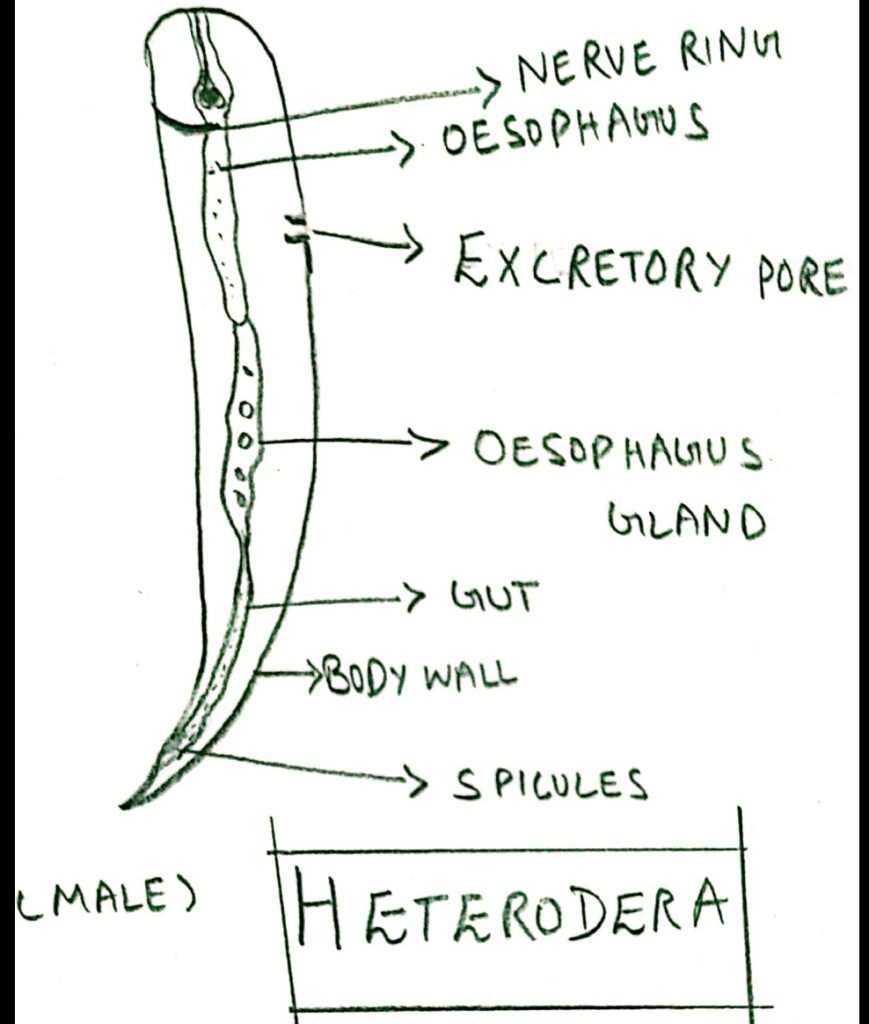
- Male vermiform, slender, elongated about 1mm in length.
- Tail twisted.
- Spicules one pair and robust.
- Gubernaculum present.
- Anus subterminal.
Host and Distribution:-
- The major hosts for Heterodera average are wheat, barley, oat.
- They are worldwide in distribution.
- But in India majorly found in Haryana and Rajasthan.
- They are economically importance and causes a disease “Molya” in Wheat and Barley.
- But they are reported form Uttar Pradesh, MP, Maharastra, Punjab, and Delhi.
Read More:– Pratylenchus penetrans (lesion Nematode) Click Here
2nd stage juvenile:-
- These are vermiform, elongated worms about 0.4-0.6mm in length.
- Body sclerotized, with tapering glistening tail.
- Oesophagus present, oesophageal gland overlapped ventrally to the intestine.
- No, any reproductive organs.
- These are infective stages.
- It moults three-time and gives rise to adult organism.
- They do not retain their cuticle during moulting.
- Stylet was more robust than other nematodes (Root-knot nematode).
Read More:–Reniform Nematodes (Rotylenchulus Nematode) Click Here
Life cycle & Biology of Cyst nematode:-
- These are sedentary endoparasites in the root.
- Adult female in cyst form, while male in vermiform elongated.
- Adult female after oviposition dies in few days.
- cuticle turns brown to black color cyst containing numerous eggs about 400 in Heterodera.
- These cyst remains in the soil or attached to root during off-season (April).
- Eggs start maturation inside eggs up to November.
- During November due to the extrinsic stimulus (temperature) or root exudes they start hatching.
- These eggs hatch 1st stage juveniles and later on turns in 2nd stage juvenile (infective juvenile stage).
- The most favored zone of root for nematode infection is the meristematic zone.
- These iJs moulted three time and give rise to adult individual.
- Intermediary stage are 3rd –4th stage juveniles.
- Adult male emerges from 4the stage cuticle and start moving forward female.
- They reproduce sexually but sometimes may be parthenogenetically.
- Fertilized female starts egg laying in mouth of jan- feb after oviposition dies.
Read More:– Anguina tritici (wheat seed gall nematode) Click Here
Symptoms of Cyst Nematode :-
- Bushing rooting
- Premature flowering.
- Head ears bear fewer grains.



